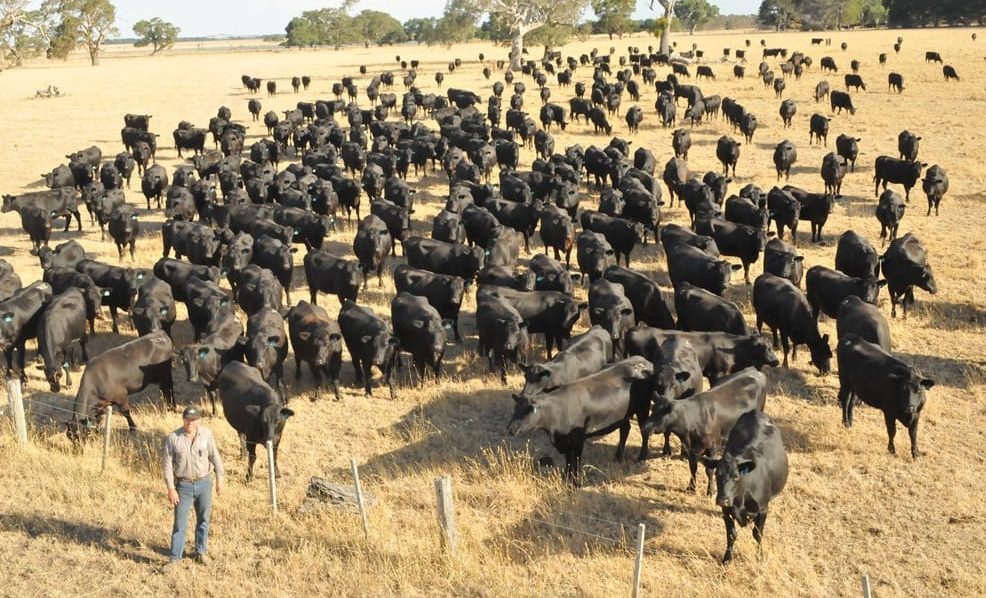A four-tonne machine just printed a house in the US. What can Australia learn?

- by Admin
- September 21, 2024
Texas in the United States is in a housing crisis.
A report by Harvard University found locals were spending 30 per cent of their income on rent, and a US family had to earn $US100,000 ($148,000) a year at least in order to buy a home in some of the state’s most popular cities.
Research associate Daniel McCue said home ownership was becoming a distant dream for many Americans.
“The costs of buying a home have left home ownership out of reach to all but the most advantaged households,” he said.
Welcome to Wolf Ranch
The homes within the Wolf Ranch development were all built using a 3D printer, as Texas continues to grapple with its own housing crisis. (Supplied: Icon Build)
The suburb is a housing development, about 48 kilometres from the state capital.
The development started in late 2022, and about one-third of the homes have already been sold, with prices ranging from $US400,000 to $US600,000.
In any state, the addition of 100 extra homes to the tight housing market would be welcomed — but it’s the way Texan authorities did it that has set this particular development apart.
Senior project manager Conner Jenkins worked on the project.
“Where there were maybe five different crews coming in to build a wall system, we now have one crew and one robot,” he said.
The homes in Wolf Ranch were built using a four-tonne printer.
What is 3D printing?
The machine lays concrete into the shape of the housing model, using software from its developers to determine its construction. (Supplied: Icon Build)
3D printing is a type of manufacturing that allows three-dimensional objects to be created using a computer, software and a 3D printer.
The process involves creating the object layer by layer, using a variety of materials, such as plastic, cement and glass.
In the case of Wolf Ranch, construction companies used the technology to place layer on layer of concrete to develop the base of the home.
Should Australia follow suit?
The New South Wales and Victorian governments have already flagged their interest in 3D printing social housing.
M. Hank Haeusler from the University of New South Wales said 3D printing had its benefits as a means of construction, particularly with Australia’s building sector under strain.
M. Hank Haeusler has worked in machine learning in design at the University of New South Wales, and has written extensively on architectural computing. (University of New South Wales)
“There’s always an argument that 3D printing can build houses quicker, which is true,” he said.
“However the challenge is then really to include all the other trades we use in building houses — like electronics, doors and windows.”
Dr Haeusler said it could also be more cost effective to print houses, and more environmentally friendly.
Dubbo leading the way
The NSW government announced last week a new project with Aboriginal Sustainable Homes and Australian manufacturer Contour3D to build the homes in Dubbo, as a way to alleviate pressure on the local housing market.
NSW Minister for Housing and Homelessness Rose Jackson said the project would be an Australian-first.
The giant 3D printer arrived in Dubbo this week, with construction to be finished in three days. (ABC Western Plains: Ondine Slack-Smith)
“Utilising modern methods of construction like this 3D printing technology is critically important to delivering social and affordable homes sooner, especially in regional and remote areas,” she said.
“Our government is leading the way with this project, the construction of a 3D social housing property is the first of its kind in the country.”
Dr Haeusler said there was still work to be done on scaling up 3D printing to make it a viable construction method.
“I would advise the New South Wales Government … 3D printing is an opportunity to afford social housing, but we need to invest into the software [we’re using],” he said.
Dr Haeusler said it was important the software that is used to facilitate 3D printing on a bigger scale is adaptable, taking design, cost and engineering into consideration while printing.
“A lot of people believe that 3D printing could be done by [simply] printing objects out of plastic,” he said.
“Architecture is different.”
Property Council of Australia Group executive Matthew Kandelaars said there was a role for 3D printed homes in the future of Australian building.
Matthew Kandelaars said the Australian building landscape would need to scale-up to support 3D printing as a solution to the housing crisis. (Supplied: Property Council of Australia)
“These homes can be built to high standards with strong sustainability credentials, while maintaining low construction costs,” he said.
Mr Kandelaars said there was still work to be done to facilitate the growth of 3D printing in Australia.
“This will require large-scale supply chains, operations, significant investment and regulatory reform,” he said.
“We need to see strong and consistent investment in the sector over several years to establish secure pipelines to create scale.
“Every lever we have available to boost housing supply needs to be pulled.
“Innovative, modern construction methods won’t be a silver bullet, but it can be a handy tool in the toolbox.”
The Latest News
-
December 21, 2024Coco Gauff declared one of the favourites to win Australian Open
-
December 21, 2024From delays to refunds: how Australia’s air passenger charter could affect your travel rights
-
December 21, 2024‘Dream come true’: Emotional Test bolter on shock call-up and classy act from man he replaced
-
December 21, 2024‘Got this wrong’: Former skipper criticises selectors’ call
-
December 21, 2024The Kings horse Gilded Water wins at Randwick races





